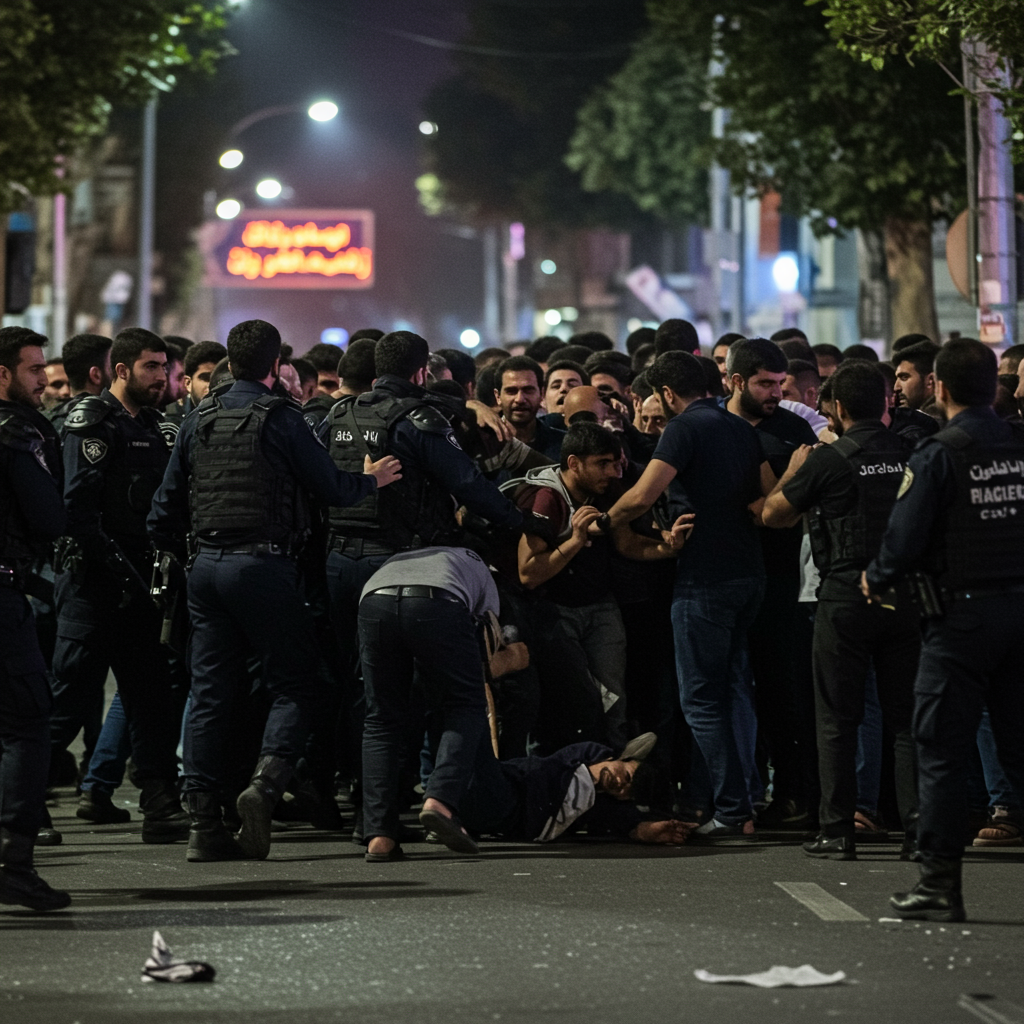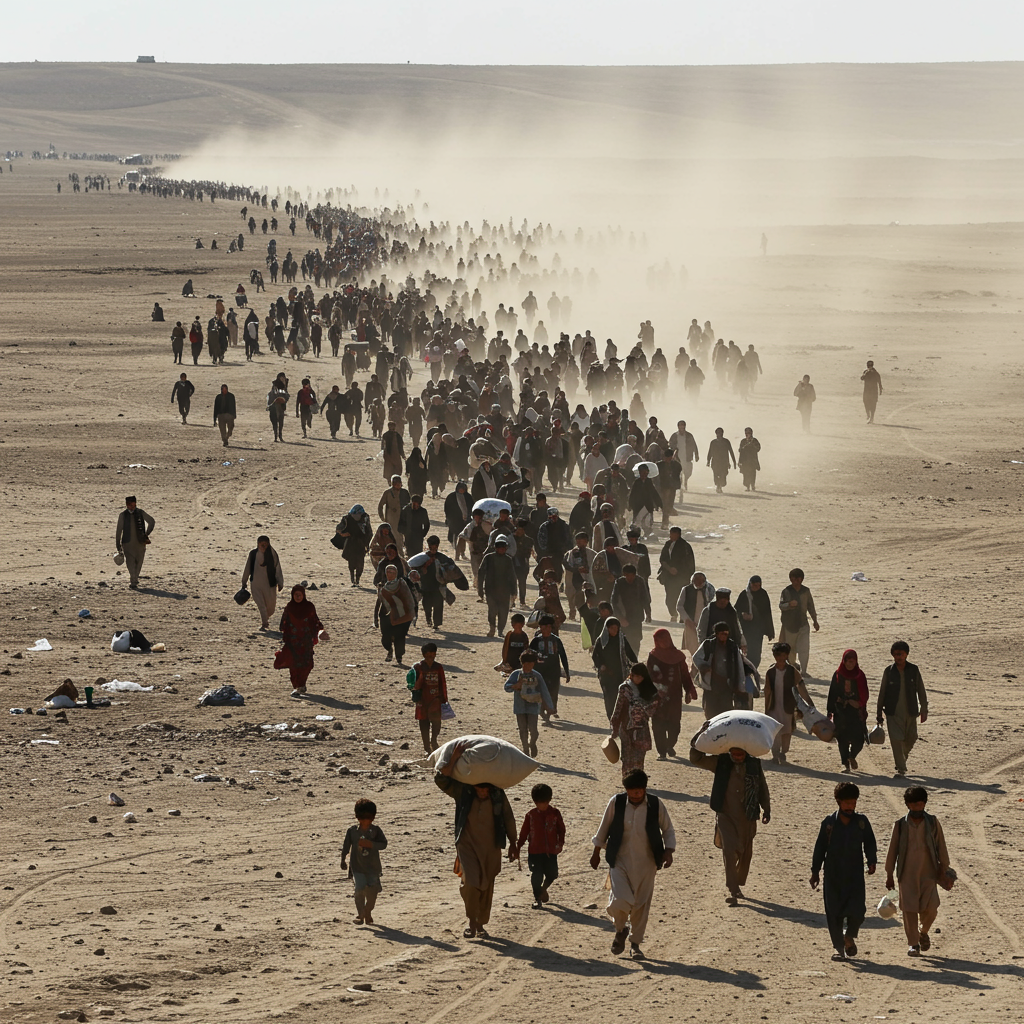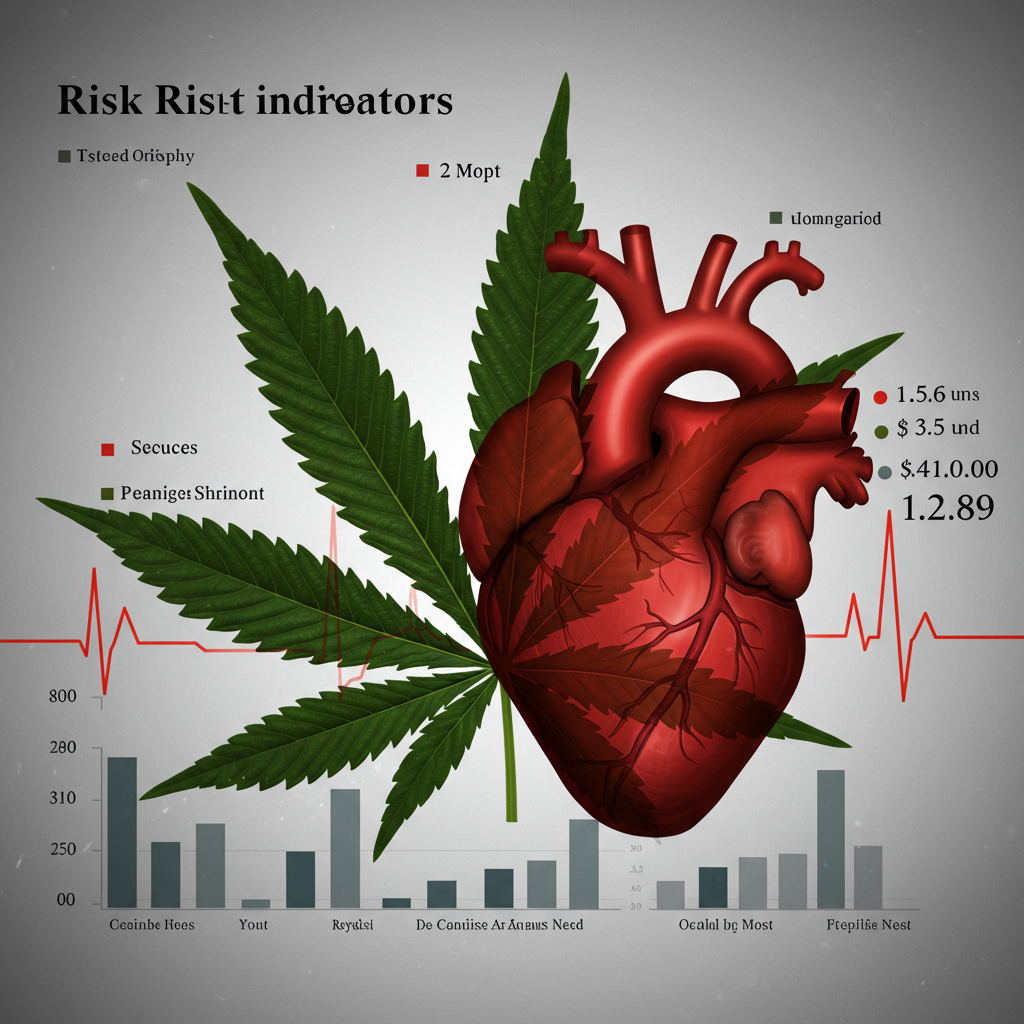A deeply disturbing report from an israeli newspaper alleges that Israeli soldiers received direct orders to fire upon unarmed Palestinians seeking humanitarian aid in Gaza. This explosive claim has ignited immediate outrage and drawn sharp denials from Israeli officials, even as reports of deaths and injuries at aid distribution sites continue to mount. The report comes amidst a spiraling humanitarian crisis in the besieged enclave, where access to essential supplies remains dangerously limited.
Recent updates highlight the multifaceted nature of the ongoing conflict. US President Donald Trump expressed optimism, suggesting a ceasefire in Gaza could be achieved within the coming week, although details on potential negotiations remain scarce. Meanwhile, tensions persist elsewhere, with Israeli forces conducting raids and arrests in the occupied West Bank and an Iranian state funeral being held for military figures reportedly killed in earlier conflict.
Allegations of Deliberate Fire Against Unarmed Aid Seekers
At the heart of the current controversy is a report in the Israeli newspaper Haaretz, based on anonymous accounts from Israeli soldiers. These soldiers claim they were explicitly instructed by their commanders to shoot at crowds of Palestinians gathered at aid distribution points across Gaza. The report paints a grim picture, suggesting that unnecessary lethal force was used against individuals perceived as posing no threat, including elderly people, women, and children waiting for essential supplies.
Soldiers recounted using heavy machine guns mounted on tanks and even throwing grenades at civilians advancing through early morning mist. One soldier tragically described their area of operation as a “killing field,” estimating that between one and five people were killed every single day at their position. These accounts from multiple anonymous soldiers reportedly reflect distress over unclear rules of engagement and the seemingly indiscriminate application of deadly force at aid lines.
Mounting Fatalities at Aid Distribution Sites
The allegations follow months of reports detailing violence and fatalities occurring as desperate Palestinians attempt to reach food and other vital supplies. The Gaza Government Media Office states that at least 549 Palestinians have been killed and over 4,066 injured while waiting for food assistance. These incidents reportedly occurred at locations associated with the Gaza Humanitarian Foundation (GHF) since its aid distribution began in late May 2025.
The GHF, a foundation established with support from both the Israeli and United States governments, has faced significant criticism from humanitarian organizations. Critics argue it operates independently of established bodies like the United Nations and lacks adherence to neutral humanitarian principles. The situation at these distribution sites has been described in harrowing terms by aid groups. Medical charity Doctors Without Borders (MSF) critically labeled the GHF’s operational model as “a slaughter masquerading as aid,” urgently calling for an end to the current system and the siege on Gaza. United Nations Secretary-General António Guterres added his condemnation, stating the US-backed operation is “inherently unsafe” and “killing people,” emphasizing that the search for food should never carry a death sentence. Philippe Lazzarini, head of the UN’s agency for Palestinian affairs (UNRWA), chillingly referred to the new system as a “killing field.”
Palestinian witnesses have corroborated the reports, describing scenes of chaos and violence on the routes leading to aid points and upon arrival. They claim Israeli troops have opened fire on crowds attempting to access aid. These reports surface after a prolonged Israeli siege that severely restricted aid before the GHF sites became operational. Thousands are said to walk for hours through Israeli military zones, where witnesses allege troops frequently use heavy barrages to control crowds. The Israeli military contends they only use warning shots in such situations.
Specific incidents cited include a doctor at Shifa Hospital reporting receiving the bodies of eight people from a GHF site in Netzarim, though the cause of death was unclear. The civil defense agency in Gaza reported 80 Palestinians killed by Israeli strikes or fire on a single Friday, including 10 who were waiting for aid at various locations.
Official Israeli Response and Investigation
In response to the Haaretz report and the broader accusations of targeting aid seekers, the Israeli military issued a strong denial. They stated that intentional fire at civilians is “not accepted in the field” and vehemently rejected the assertions presented in the article. The military claims it operates under challenging conditions against a terrorist enemy embedded within the civilian population and that soldiers receive clear orders to avoid harming innocent civilians. They stated any allegation of deviation from the law or directives would be examined.
Israeli Prime Minister Benjamin Netanyahu and Defence Minister Israel Katz jointly condemned the Haaretz report, dismissing its claims as “malicious falsehoods designed to defame” the Israeli military and labeling it “blood libel.”
Despite the official rejection, Haaretz reported that the Military Advocate General, the IDF’s chief legal authority, has instructed the army’s Fact-Finding Assessment Mechanism to launch an investigation into potential war crimes related to incidents near aid distribution sites over the past month. While no specific commanders or troops were identified in the report, Israeli officials confirmed that incidents falling under military jurisdiction are being officially examined. The GHF itself acknowledged the gravity of the allegations and called on Israel to investigate them transparently, stressing the IDF’s responsibility for providing safe passage for aid seekers to all humanitarian organizations.
Broader Context of the Crisis
The allegations regarding aid distribution sites are part of a much larger and worsening humanitarian catastrophe in Gaza. According to the Gaza Health Ministry, the death toll from Israeli attacks since October 7, 2023, exceeds 56,331 people killed and 132,632 injured. The ministry reported at least 72 killed and 174 injured in the 24 hours preceding recent reports. This scale of casualties underscores the desperate conditions faced by the population.
Beyond the humanitarian crisis, the region remains volatile. While the focus is on Gaza, other developments continue to unfold. For instance, dozens of Israeli settlers reportedly attacked Israeli military reservists in the West Bank village of Kafr Malek after responding to a riot, injuring several soldiers. This follows a deadly settler assault in the same village earlier that week that resulted in three Palestinian deaths during clashes with residents. Such incidents in the West Bank highlight the pervasive tension across Palestinian territories.
Political Signals and Regional Dynamics
Adding to the complex picture, US President Donald Trump commented on the potential for a Gaza ceasefire, expressing belief it could happen within a week. This comes after days of signaling progress in negotiations, though no concrete details have emerged about active talks. A potential ceasefire carries significant political risk for Israeli Prime Minister Netanyahu, yet reports suggest he might need to agree to one to secure normalization deals with Arab states. Hamas’s stated demands for a ceasefire include an end to Israel’s military campaign, withdrawal from recently occupied areas, and US guarantees.
Regional dynamics also play a role. Iran recently held a mass state funeral for approximately 60 people, including military commanders and nuclear scientists, reportedly killed during a previous period of heightened conflict with Israel. Iranian state media published photos of the coffins, highlighting the impact of the confrontation on Iran’s military and scientific leadership. This event serves as a reminder of the broader regional tensions and potential for escalation that underpin the conflict in Gaza.
The report that Israeli soldiers were ordered to fire on aid seekers in Gaza represents a grave escalation of the humanitarian crisis narrative. While official denials are firm, the call for investigation by the Israeli military’s legal authority and the stark accounts from soldiers and aid workers ensure these allegations will remain a critical focus amidst the ongoing violence and suffering.
Frequently Asked Questions
What are the allegations against Israeli soldiers at Gaza aid sites?
A report in the Israeli newspaper Haaretz alleges that anonymous Israeli soldiers were ordered by commanders to shoot at unarmed Palestinian civilians seeking humanitarian aid in Gaza. Soldiers described using machine guns and grenades on crowds at aid points, with one calling their area a “killing field” where multiple people were killed daily. The report suggests these orders were given despite soldiers’ concerns about using lethal force against non-threatening individuals.
Which organizations have criticized the current aid distribution system in Gaza?
Multiple organizations and officials have strongly criticized the current aid distribution system in Gaza, particularly the US- and Israeli-backed Gaza Humanitarian Foundation (GHF). Medical charity Doctors Without Borders (MSF) called it “slaughter masquerading as humanitarian aid.” UN Secretary-General António Guterres stated the operation is “inherently unsafe” and “killing people.” The head of UNRWA referred to the GHF sites as a “killing field.” Aid groups collectively described aid distribution centers as “death traps.”
How has the Israeli government responded to reports of soldiers shooting aid seekers?
The Israeli military has strongly rejected the allegations of deliberate fire targeting civilians at aid sites, stating such claims are “not recognized in the field.” Prime Minister Benjamin Netanyahu and Defence Minister Israel Katz dismissed the Haaretz report as “malicious falsehoods” and “blood libel.” However, Haaretz reported that the Military Advocate General has instructed an investigation into potential war crimes at aid sites, which Israeli officials confirmed is underway as part of examining incidents near distribution points.
Word Count Check: Estimated 980 words.




